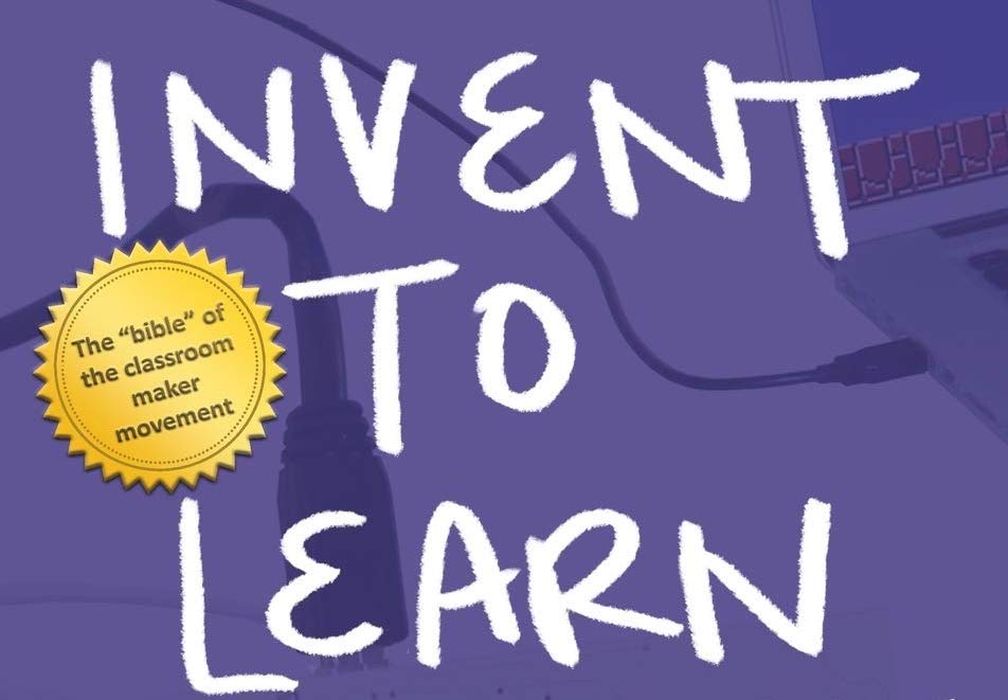
This week’s selection is “Invent to Learn: Making, Tinkering, and Engineering in the Classroom” by Sylvia Martinez and Gary S. Stager.
The best way for someone to master a topic is to start learning about it early in life. In a world where making things is becoming increasingly important, the notion of showing young students the practice of making and building is paramount.
Fortunately, doing so has become far easier. Today students can make use of advanced digital making equipment and software, something the older among us didn’t have the opportunity when we were younger.
A big part of that was the emergence of inexpensive — or even free — 3D design software, combined with inexpensive desktop 3D printers that quickly emerged after the patents of the 1980s expired. Today it’s relatively common to see students using digital manufacturing in the classroom, even in early grades.
But what, exactly, is the best way to do so? How can an educator maximize the potential of the technology in the classroom to ensure the future is filled with tech-savvy makers, inventors and engineers?
That’s what this book is all about. It provides advice in a number of aspects that, when combined, should enable any classroom to succeed in the learning process through invention.
The book presents a brief history of making, ranging from historical methods to the current maker movement and digital manufacturing.
There’s a discussion of how to “think” about making, including ways to present designs, artistic aspects and even when too much information is presented. That alone could be valuable to educators.
Eight components of successful projects are presented, so that educators can ensure they construct projects that are meaningful and effective. A review of teaching methods and making approaches, such as iteration is included.
In chapter seven, the book moves to the nitty gritty: how to choose and operate a desktop 3D printer. Note that the book is now a couple of years old, so selections of specific machines and manufacturers may be a bit different. However, the principles are the same. A series of projects of increasing complexity are included.
A large portion of the book is devoted to engineering the learning environment itself. The authors attempt to show methods of creating creative spaces, group work, effective teaching, and much more. That’s the core value of this book.
Finally, there’s a discussion of additional resources that an educator could draw from to increase the effectiveness of their projects and creative spaces.
If you’re an educator teaching “making”, then this book is definitely for you.
We’re an Amazon Associate and earn a small fee from qualifying purchases. Help support our 3D print news service by checking out this book!
Via Amazon
